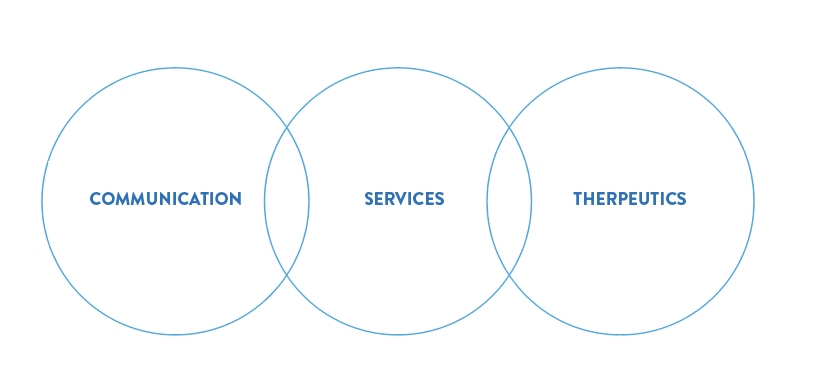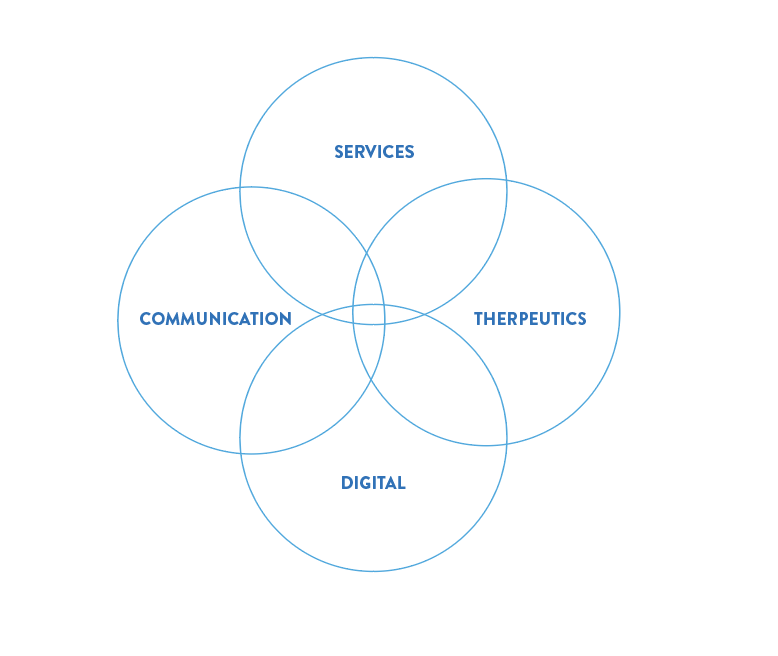With the digital health revolution we are witnessing in 2021 a lot of things are changing.
The pharmaceutical industry main paradigm has always been the targeted drugs for specific disease. Symptomatic treatment and targeted intervention have always been important pillars. And around that a whole set of side industries where born. Of course along with pharmaceuticals, we had the communication assets, both for patients and for HCPs. We had services for patients, doctor and providers.
But many things are changing. One big change is that the world’s population is ageing. The number of persons aged 80 years or over is projected to triple, from 143 million in 2019 to 426 million in 2050.
And what we need to face this rising trend, is to move from targeted therapeutic intervention to chronic treatment management.
As the needs of aging population evolve, luckily the technology is evolving as well and enable us to answer to these needs.
One of the most important response to this paradigm shift come along with the rise of the digital industry, with the rise of digital health services.
But what does Digital Health mean, in practice?
Well, if I have with me 24/24 an app that monitor through the smartwatch on my wrist my health signals, and the same app could be used to guide give me advice on the diet and exercise. If it can give me useful but simple medical information… You see how this joint effort could drive my health and wellbeing to the point where I could potentially cut the need for specific drugs treatment in the future.
This is fascinating, as the boundaries between traditional therapeutics (drugs) and digital therapeutics are beginning to merge. And the barriers between healthcare and wellbeing are combining as well. And along with the lives of patients and people its changing the landscape of the healthcare and pharmaceutical world too.
Because when I have a digital health service or app, connected to an external portable health device, where does the therapy start and when does the service begin? Where are the boundaries of communication, services, therapeutics and digital?
Along with this concepts, the set of industries, professionals, processes and skills needed to bring froward the traditional therapeutic model are shaping as well. From a linear integration we are moving to a compounded one.

We compounded integration that is needed to deliver the digital aspect of treatment requires new skills, new teams, new processes.

The pharmaceutical industry has always been one of the most complex and diverse in term of skills, capabilities and processes required to deliver a safe and effective service and product to final user: the patient.
With the rise of Digital Health, we need to successfully integrate new digital capabilities and processes in the pharmaceutical and healthcare space. But if done successfully, I strongly believe that the final results will be greater that the sums of its parts.
And those who’ll benefit will be the patients: us.

